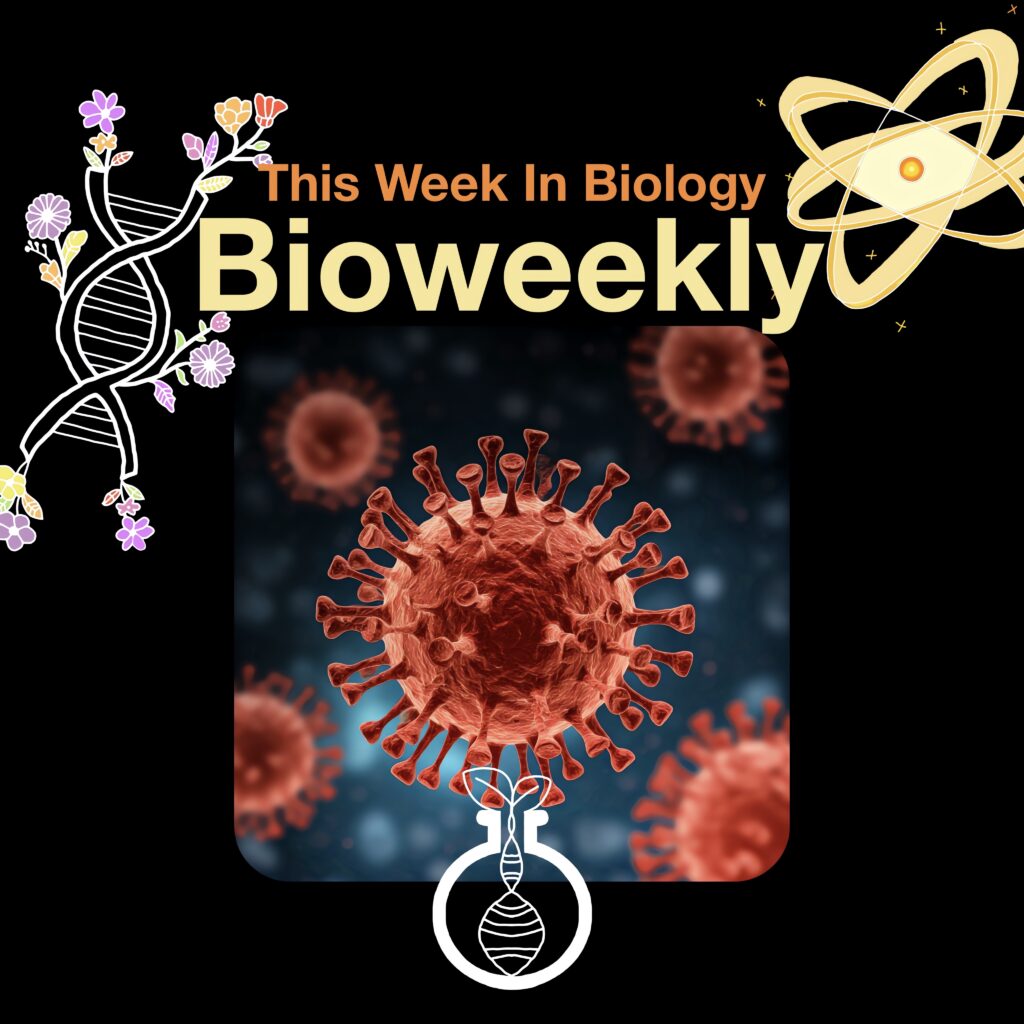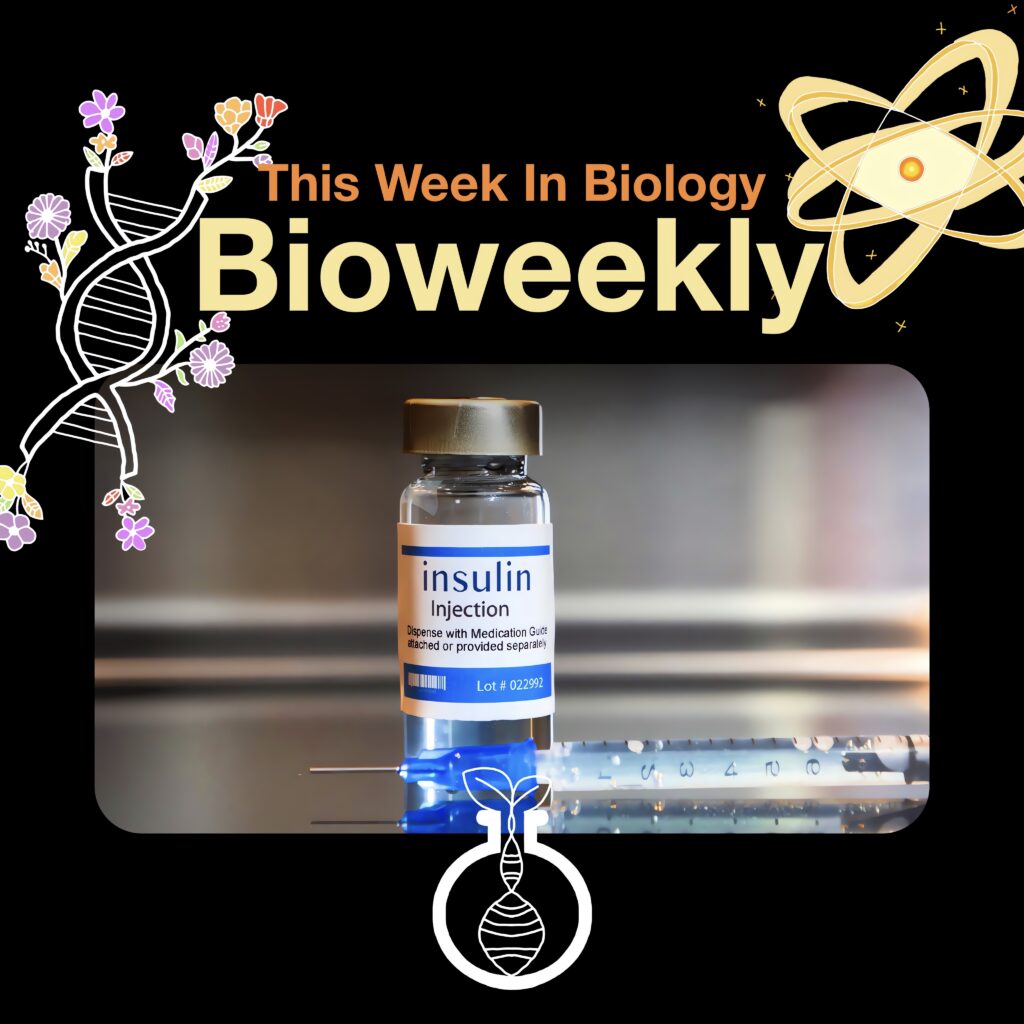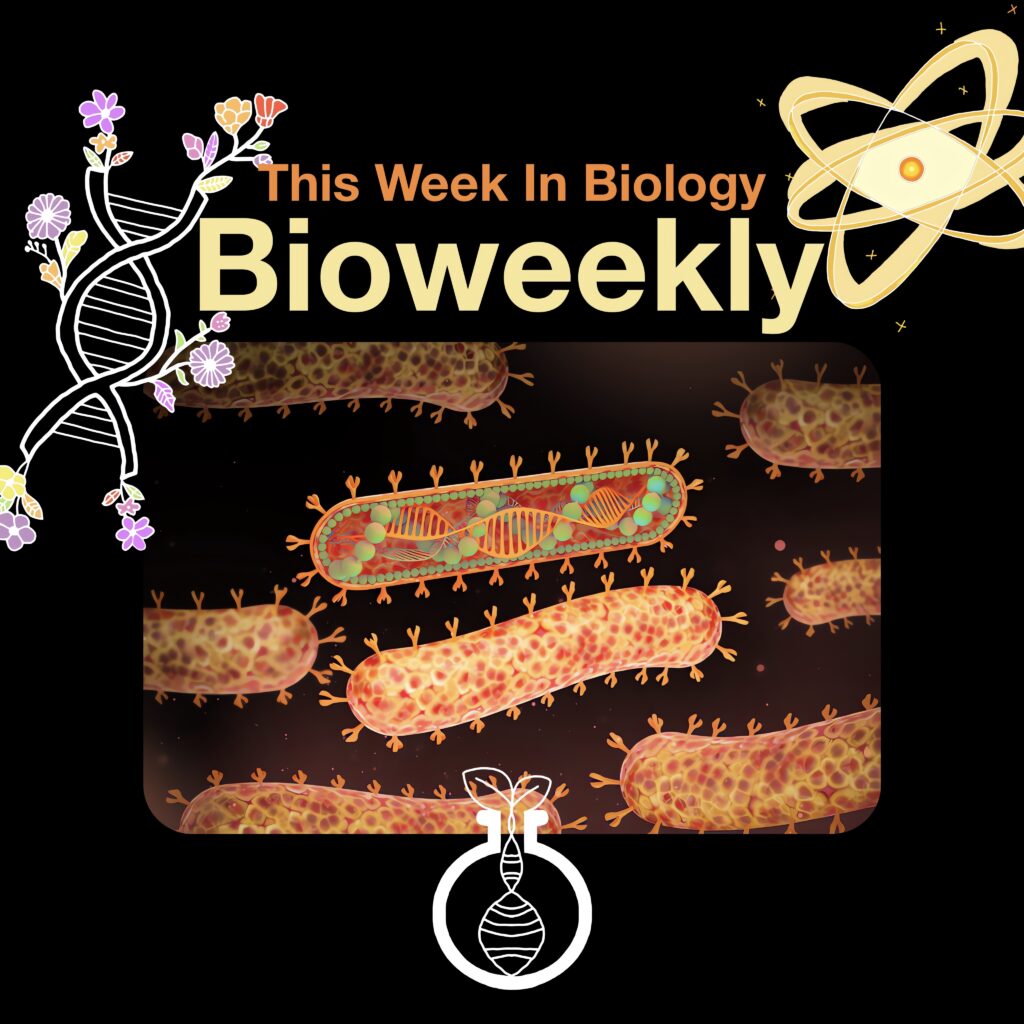This week in biology, groundbreaking research is pushing the boundaries of science! Scientists have developed a revolutionary synthetic cell that mimics life, offering insights into the origins of living organisms. In medical advancements, a new diagnostic test can detect Alzheimer’s years before symptoms appear, paving the way for early intervention. Meanwhile, marine biologists have discovered a hidden ecosystem deep beneath the Antarctic ice, revealing unexpected biodiversity. Let’s explore these fascinating discoveries!
As always, you can find all of the sources in this article right below each story.
Microplastics Could Be Fueling Antibiotic Resistance
Microplastics, tiny plastic particles found in water, soil, and even food, may be driving the rise of antibiotic-resistant bacteria, according to a new study from Boston University. Researchers exposed E. coli bacteria to microplastics and found that the bacteria developed stronger antibiotic resistance. This is likely due to the formation of biofilms, protective layers of microbes that make bacteria more resilient against antibiotics. Since microplastics are widespread in the environment, particularly in polluted water sources, they could act as breeding grounds for superbugs. With nearly 5 million deaths linked to antibiotic resistance annually, reducing microplastic pollution may be an important step in controlling the spread of drug-resistant infections.

Dive into the full news through here
Cryo-EM Reveals How DNA Replication Blockers Could Lead to New Cancer Treatments
A groundbreaking study from Memorial Sloan Kettering Cancer Center has revealed how DNA structures called G-quadruplexes (G4s) act as obstacles to DNA replication. Using advanced cryo-electron microscopy, scientists observed that these G4s disrupt the replisome, the molecular machinery responsible for copying DNA. Since uncontrolled DNA replication is a hallmark of cancer, researchers believe that stabilizing these structures could provide a new way to halt tumor growth. By developing drugs that target G4s, scientists aim to create more precise cancer treatments that interfere with DNA replication in cancer cells while sparing healthy ones. This discovery opens up exciting new possibilities for cancer drug development.

Dive into the full news through here
5-Minute Bird Flu Detection: A Game Changer
A new portable biosensor can detect airborne H5N1 (bird flu) in under five minutes, offering a major breakthrough in rapid virus detection. Developed by researchers at ACS Sensors, the device utilizes Prussian blue nanocrystals and graphene oxide to capture and identify viral particles with over 90% accuracy. Traditional bird flu detection methods rely on collecting samples from infected animals or surfaces, which can take hours or days to process in a lab. In contrast, this biosensor can provide immediate results in real time, making it a valuable tool for farms, airports, and healthcare settings. With avian flu outbreaks posing a risk to both poultry and human health, this innovation could greatly improve early containment efforts and prevent large-scale spread.

Dive into the full news through here
Thank you for diving into this week’s news with us. We hope you enjoyed uncovering these fascinating updates as much as we did. Be sure to return next week for more exciting discoveries from the world of science. Until then, stay curious and keep exploring!


My name is Ali Emre Cabadak, a dedicated biology enthusiast currently pursuing my studies at Marmara University, where I am majoring in Bioengineering. As a passionate advocate for scientific discovery and innovation, I am the founder of Biologyto. My goal is to bring the wonders of biology closer to everyone and inspire a new generation of thinkers and innovators. Through Biologyto, I aim to write scientific articles that delve into the fascinating world of biology, sharing insights and discoveries that inspire curiosity and innovation.





